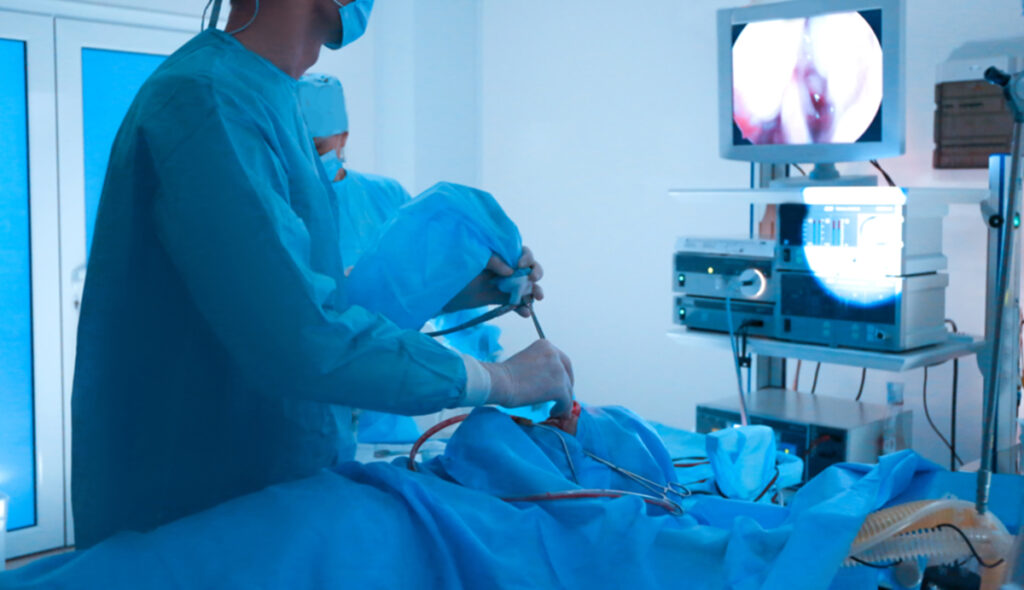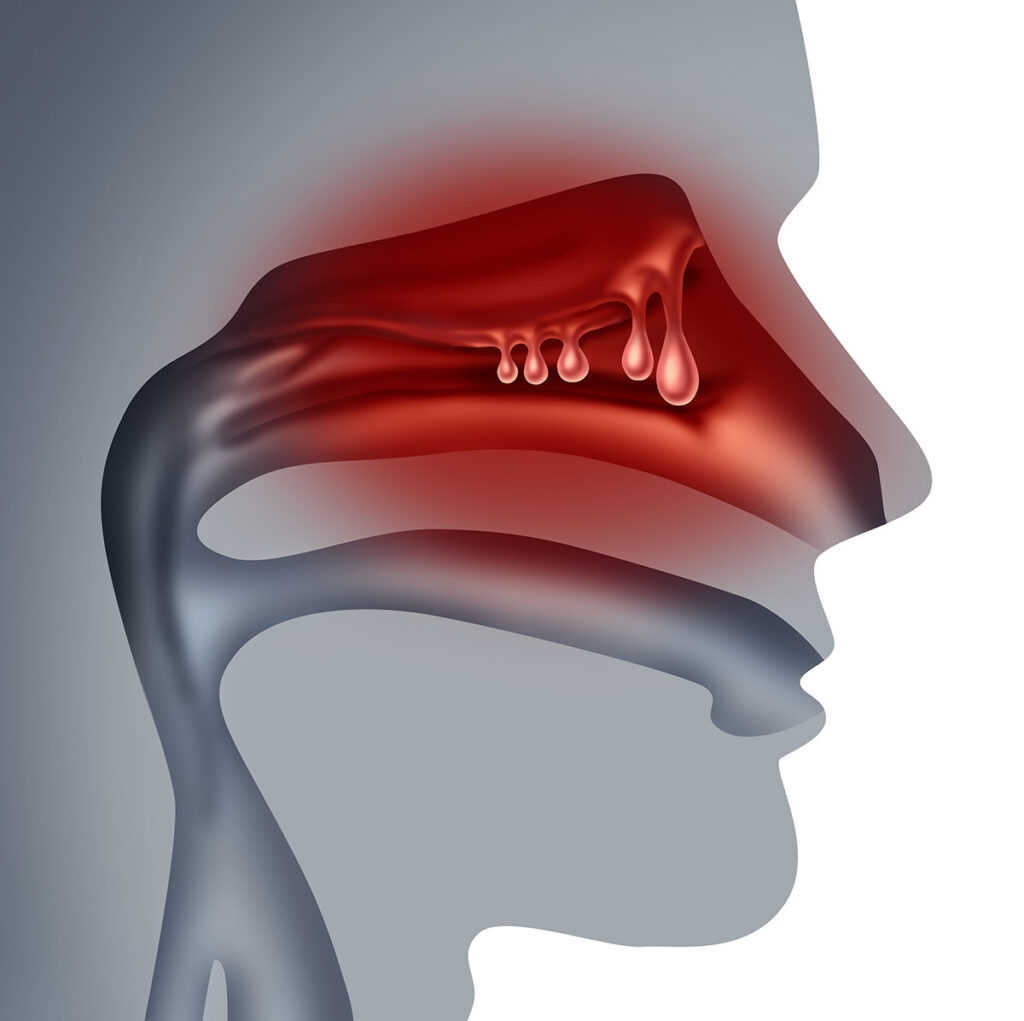Frontal Sinusotomy Procedure: What to Expect in this Frontal Sinus Surgery
Understanding Frontal Sinus Anatomy The frontal sinus is a pair of paranasal sinuses above the eye sockets. It is filled with air and kept warm and moist by its mucosal lining. These air pockets are believed to lighten the mass of the skull and enhance speech resonance with the other paranasal sinuses. The frontal sinus […]
Frontal Sinusotomy Procedure: What to Expect in this Frontal Sinus Surgery Read More »









